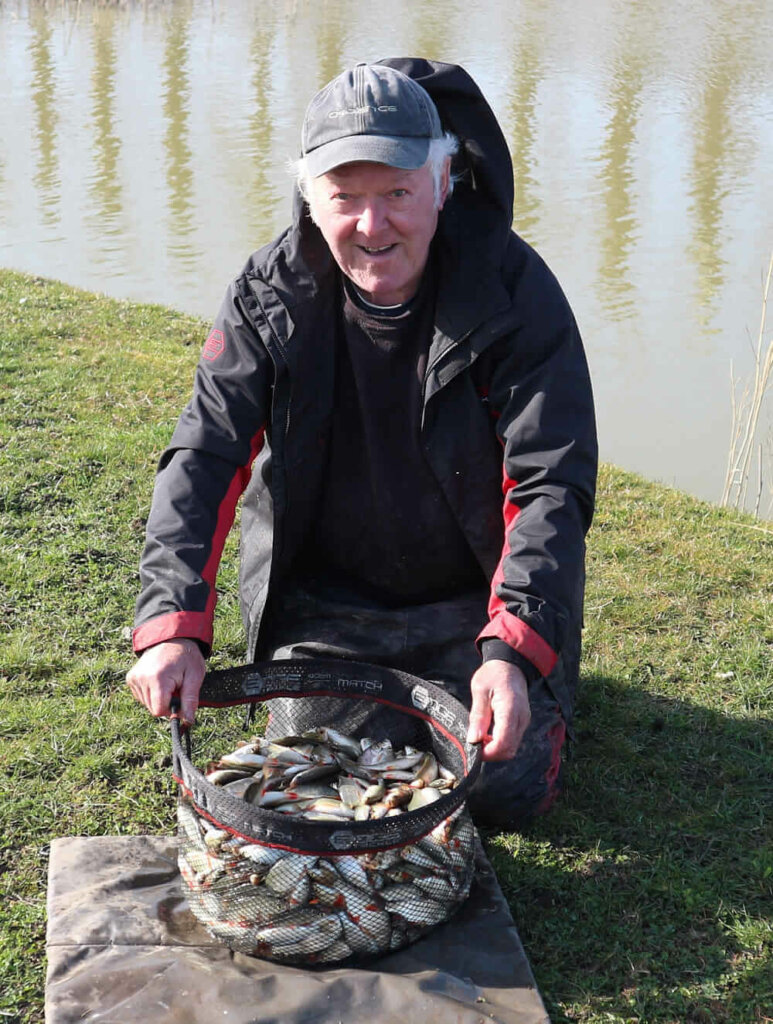Playing the Numbers Game for Big Fish Hauls
Speed Counts
The Old River Nene in March turns into a match fishing mecca every winter, due to huge shoals of silver fish traditionally packing into the sheltered town and marina stretches. Hardened winter league anglers know the score. The banks are awkward away from the moorings, so a platform is essential gear. But it’s not just about getting comfortable. Parking your seat box out in the water puts everything much closer, allowing shorter poles or whips to be used, which helps to speed everything up. Big weights are taken on whip rigs fished to-hand, or elasticated match top kits with one section added, which doesn’t need to be broken down to swing fish in. Extra pole sections might have to come into play in some areas, but keeping them minimal ensures faster unshipping. The waggler can prove speedier than a long pole on wider parts.

Top Tips
Fenland rivers and drains hold big shoals in the summer too, making whip fishing very popular. It’s a prime way of bagging up with rudd, roach, perch, bleak, silver bream and skimmers. A solid carbon flick tip helps propel long line rigs out and is a bit faster on the strike than elasticated top sections. With such a busy way of fishing, I always trap the locking sleeve on flick tip connectors with a short piece of silicone tubing. This makes doubly sure it can’t work loose while catching and swinging in lots of lively fish. There are other, more complicated ways of attaching rigs to solid carbon tips, but I prefer to keep things quick and simple. Thin and flexible spliced flick tips are okay up to a point, but when fishing deep water or targeting bigger fish with longer 8m to 9m whip lengths, a switch to stiffer or elasticated top sections can be better.
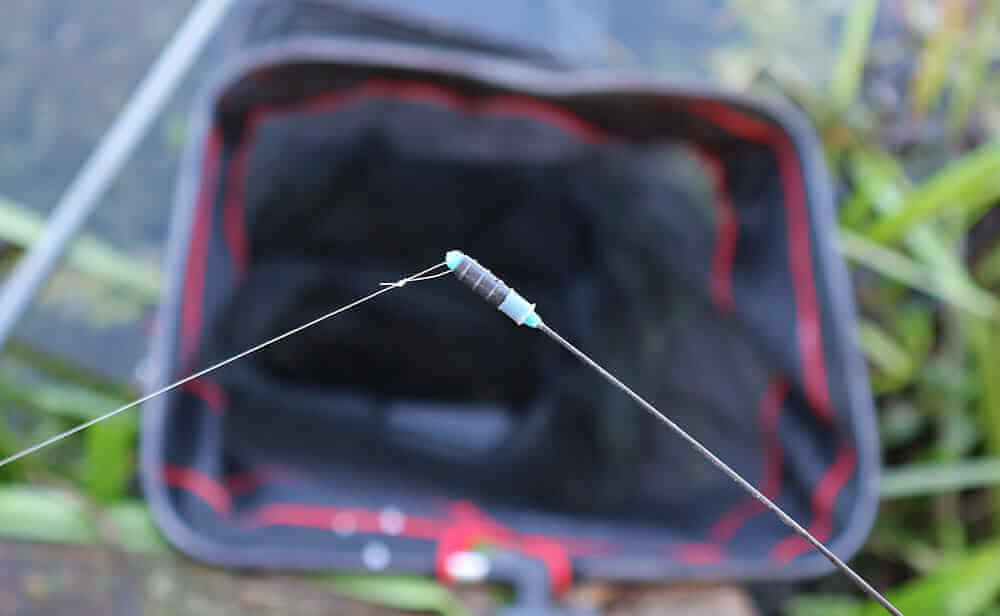
Mini Puller
Many carp dominated venues hold big heads of silver fish, which can provide excellent sport when winter slows down the main species. Occasionally, such places hold winter silvers only matches, offering better chances of bagging up when other fisheries are not producing. It can be dangerous to use flick tips when lots of big fish are resident because at some stage some might have a feed. Rather than risking losing rigs with my favourite Cadence CP200 Whip, I use elasticated match top kits from my CP2000 Competition Pole. These have been set up with fairly light shock absorbers and tweaked with mini puller bungs. When employed in combination with thinner Edge Solid Hybrid Pole Latex, it’s rare to get broken up, even with relatively light line rigs. It also helps to have a couple of pole sections in reserve to quickly add on if needed.
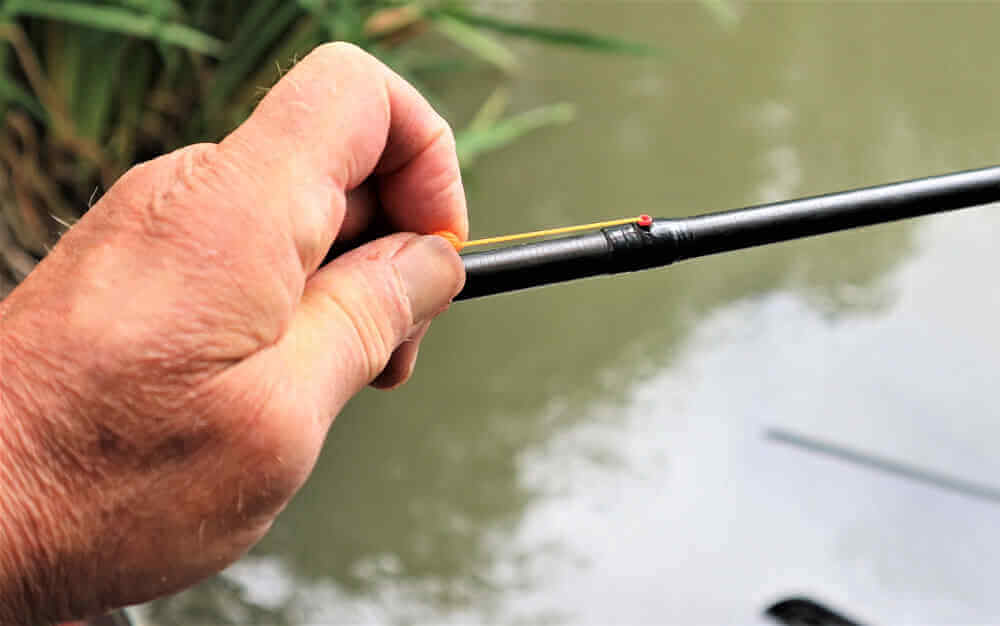
Right Lines
Over-thin hook lengths can show signs of stress, catching lots of small fish over extended periods, especially when swinging them in. Stepping up to 0.10mm or 0.12mm lines rarely makes any difference to the number of bites. The extra strength factor also helps to tame anything big that muscles in. I use Edge Elastics 3-4 Orange, or 4-6 Green, not worrying if they don’t come out very far most of the time. They are only really there to avoid getting broken up. My speed fishing rigs rely on Edge Premium Mono, stepping up to 0.13mm if a better stamp of fish is expected. Catching as close in as you can help to increase numbers and weight potential. When elastic comes into play and tames any big fish that interrupt, it’s a big plus factor not trashing a rig on carp, or adding any bonuses that might count alongside small fish hauls.

Extra Reach
I made this short 12 inch extension that slots into my match top kits. It comes into play if a better stamp of fish are pulling out pole elastic as they are swung in. It saves having to reach down to try to grab anything that’s attached to long line rigs. This extension can also be used to gain some extra reach on the cast because at times shallow feeders back off a bit. It’s faster and easier than adding a complete pole section. I reinforced the short piece of carbon with waterproof tape to form a grip. It also prevents any wear and tear at the lower end of top kits, bearing in mind that this is such a busy and demanding way of fishing. Creating small edges when trying to amass big numbers can make a big difference at the scales. Anything that adds a few extra ounces every hour, can put an extra pound or more onto your final catch.
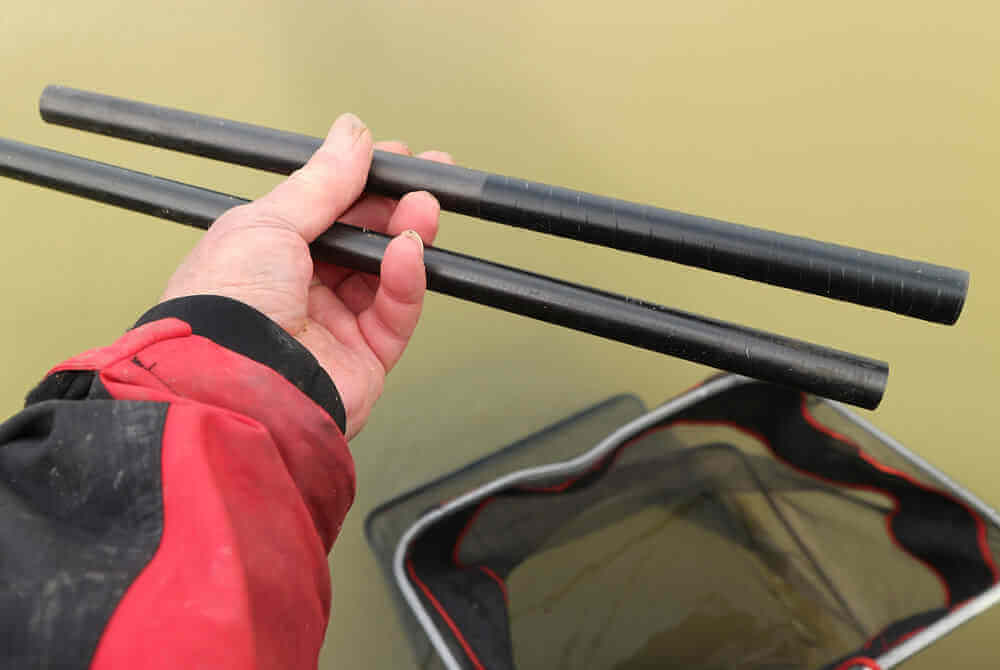
Stringing It
When fishing shallow at close range, which is a prime way of accounting for big numbers, I often use strung out shotting. This covers more water as the hook bait descends, providing increased chances of getting a bite every put in. When doing this, I bring modified pole floats with thicker and heavier carbon stems into play. They might not support much weight, but they propel out well, similar to how heavy cane stemmed stick floats cast. Shotting is normally a few evenly spread number 10s or 11s. This type of tackle can still account for fish the moment it lands, but if a bite doesn’t occur immediately, the hook bait descends to the depth it has been set at. By going a bit deeper, you can typically enjoy the best of both worlds, catching smaller silvers shallow and topping up with better-quality ones lower down. Yet another way of adding extra pounds.
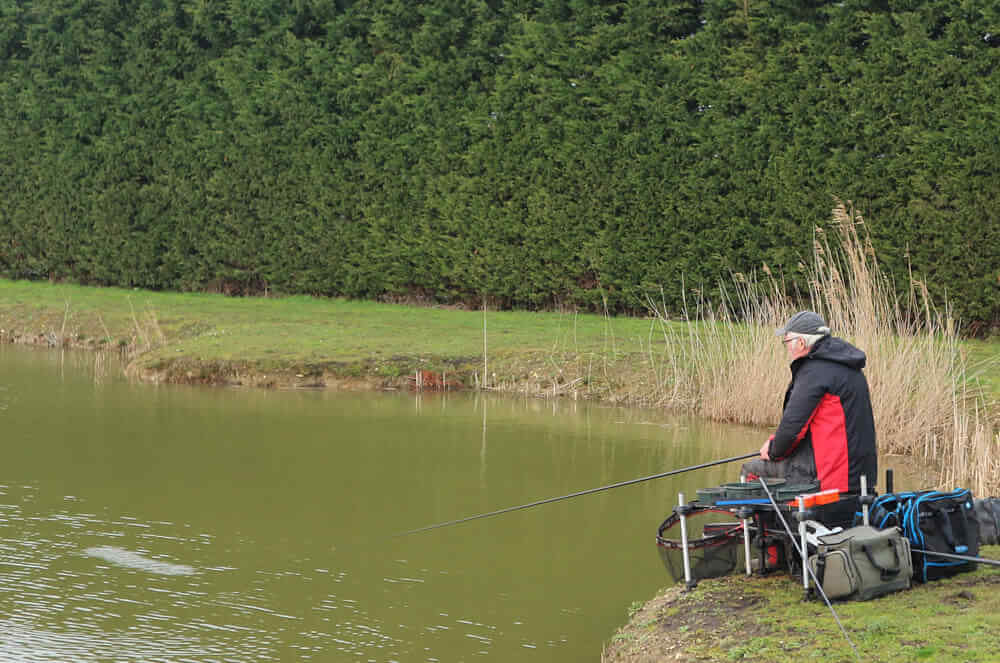
Stamp Fish
By using versatile rigs, I’m always looking to find stamp fish, as match anglers call them. These are normally species like roach or rudd around the 2oz mark. If you can catch plenty of these, along with the normal hordes of lesser sized ones, it takes fewer numbers to make up each pound accumulated in your keepnet. Around 25 fish to the pound means 300 will put you comfortably into double figures. In match terms, that can earn a section win, or even make the frame. To find stampers, it can help to feed more aggressively. But that needs to be done carefully, to keep fish competing for any free grub, also to avoid scaring off what’s in the swim. Heavier feeding, especially in winter, can sometimes pull in predators that are attracted by all the activity. It’s a fine line, but getting it right and upping the average fish size is so important.
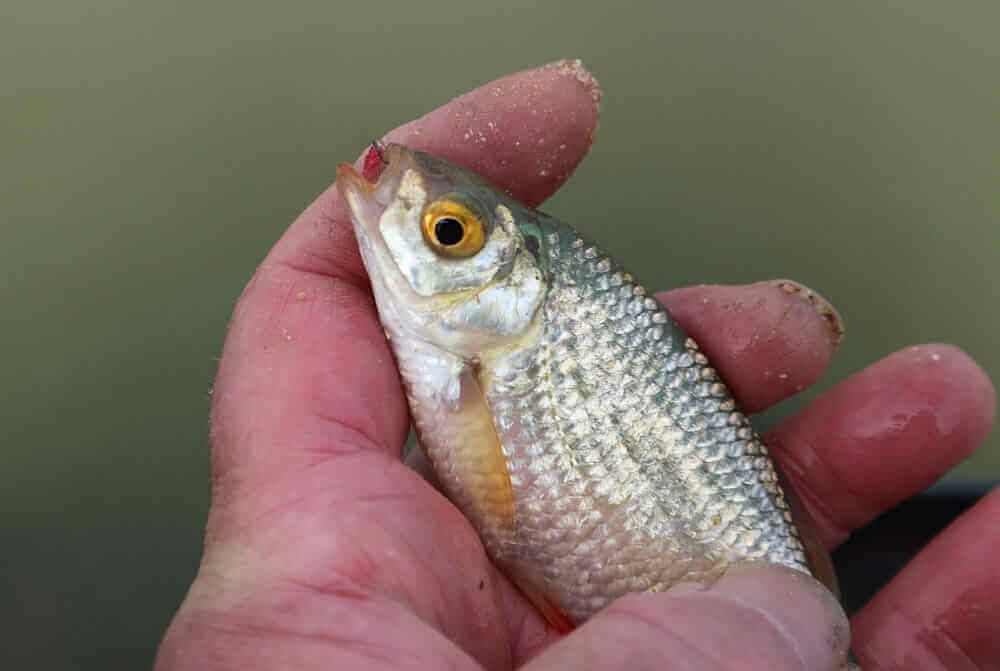
Tough Grubs
Another route to finding better quality is to use bigger baits on the hook than those being fed. Squatts used to be one of the most popular small fish feed options, but are harder to obtain these days, making pinkies the next best thing. Fluoro pinkies work well, but I like using a big red maggot on the hook with these. The trick here is to use old grubs that have been in your fridge for a week or more. Bait like this shrinks in size and becomes much tougher. That means you can still catch plenty of small stuff, accounting for surprising numbers on the same offering. Not having to re-bait every time a fish is caught saves vital seconds every minute, resulting in considerably more being caught every hour. Fresh pinkies tend to get shredded and elongated much easier when used on the hook, having to be changed more regularly to keep bites hittable.
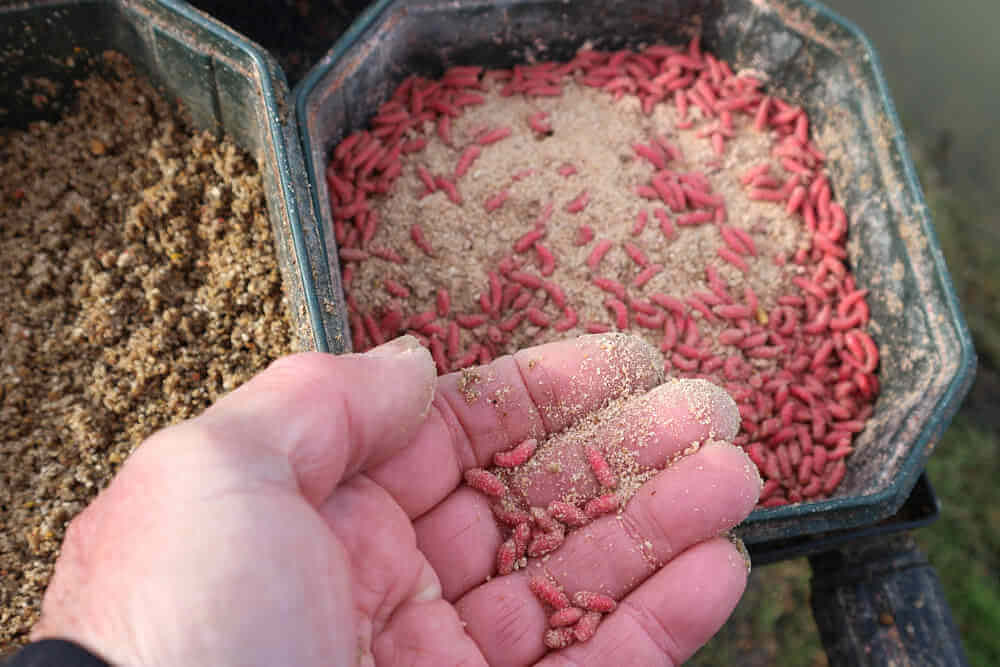
Attack Mode
A whip can be a great get-out-of-trouble route when mainstream methods are struggling. It’s not necessarily just about catching huge numbers of tiny fish, either. In any situation where it’s going to be a bag-up job with better quality silvers, there’s nothing faster than fishing with pole rigs that can be swung to hand. That was proved many years ago, when many big festivals and matches in countries like Ireland and Denmark were won with stepped up whip style tackle. We didn’t have such sophisticated products like the Cadence CP200 in its 6m or 9m lengths, which meant using margin poles in some cases, bearing in mind deeper water speed rigs often relied on heavy Olivette bulk weights. Early whip designs were typically based on Continental finesse for species like bleak, while modern improvements like the CP200 can cope with much more.
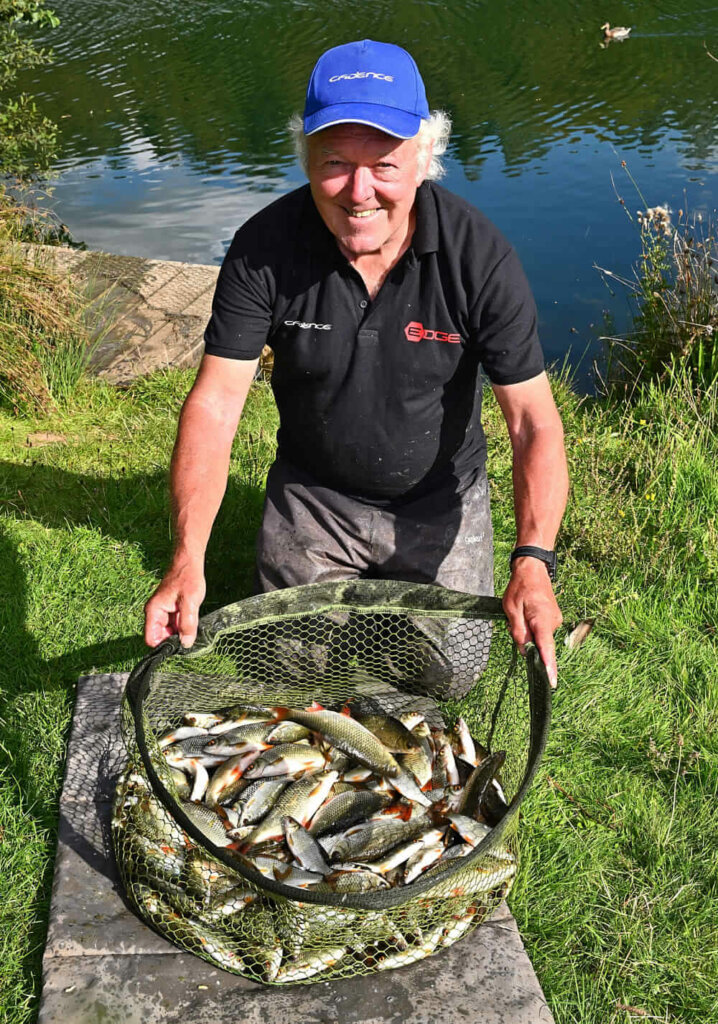
Fluoro Pinkies
In any situation where it’s likely to turn into a fish race with whip tackle, fluoro pinkies are difficult to beat as the main feed bait. A pint is typically enough in many cases, but on fenland rivers and drains where I’m now situated, serious silver fish action can require even more. When it’s a bite a chuck as small rudd and roach respond to regular balls of groundbait, adding in plenty of pinkies helps to ensure some get some through to bigger samples like skimmers. The latter are great weight builders, capable of adding several more pounds to nets of small fish. They normally require slightly different rigs to confirm they are there, carrying more weight so they can be set over-depth, allowing the hook bait to be anchored on the bottom. The only trouble with feeding live pinkies in groundbait is they break it up quickly. Dead ones work much better.

Topping Up
It’s common for bigger fish to be attracted when smaller samples are feeding and being caught regularly. That’s why slightly stronger rigs, or elasticated top kits, can prove their worth. In this case, I was using one of my mini puller bung set-ups, combined with 3-4 Edge Orange Solid Hybrid latex. Because it was cold I’d scaled down to a 0.10mm Edge Premium hook length, but needn’t have worried, everything coped fine with this golden intruder. Several other carp were slipped back too, including a surprisingly big one for this type of gear. Other bonuses that can turn up when fishing shallow are large rudd, crucians, even stillwater chub in some venues. When using deep rigs with positive bulk weights, odd tench and bream often boost small fish catches considerably. If skimmers are about, a soft expander on the hook normally finds them.
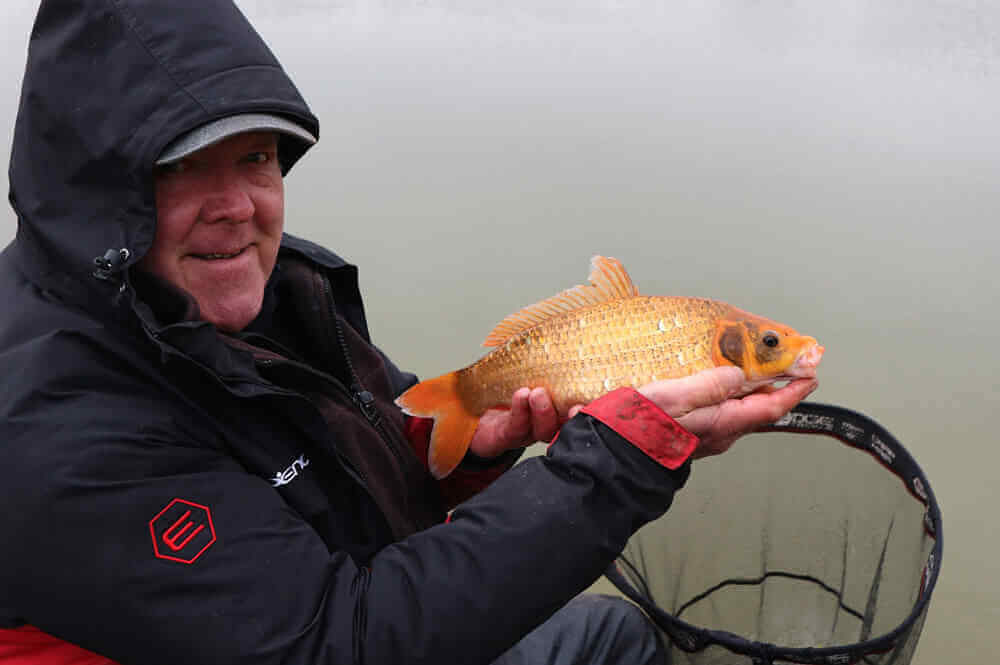
Keeping Busy
Some would never dream of taking this route, but over many years of being stuck in duff pegs that were devoid of big fish in matches, I had to learn another way of competing. It might have been gudgeon on a canal, bleak, or dace on a river, or in this case, just a bit of fun with small rudd from a carp pool in the depths of winter. But I’ll let you know, taking a haul like this required major concentration to maintain putting big numbers in the keepnet every hour, over 5 hours in duration. It only takes one slip up to lose that type of rhythm, such as trashing a rig by losing something big, or tangling it when a fish drops off. This was exhausting, but also rewarding. I had to work extremely hard, feeding just the right amount of regular groundbait and pinkies to keep the bites coming, without going too mad and risking waking up the resident carp population.
